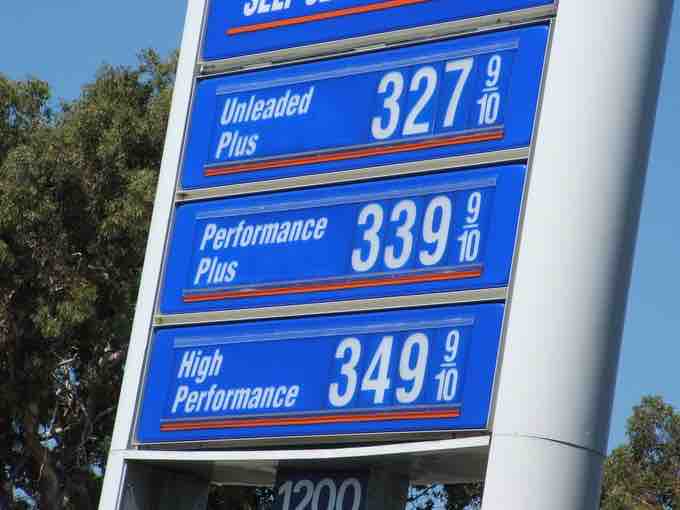Oligopoly
Oligopolies are defined by one firm's interdependence on other firms within the industry. When one firm changes its price or level of output, other firms are directly affected. Unlike perfect competition and monopoly, uncertainty about how rival firms interact makes the specification of a single model of oligopoly impossible. Economists often simplify firm behavior into two strategies: firm can compete, in which case the market outcome will resemble that in perfect competition; or they can collude, in which case the market outcome will more closely resemble monopoly. When firms collude, they use restrictive trade practices to voluntarily lower output and raise prices in much the same way as a monopoly, splitting the higher profits that result.
Price Leadership
Firms can collude explicitly, as in the case of cartels, but this type of behavior is illegal in many parts of the world. An alternative to overt collusion is tacit collusion, in which firms have an unspoken understanding that limits their competition. One way in which firms achieve this is price leadership, in which one firm serves as an industry leader and sets prices, while other firms raise and lower their prices to match. For example, the steel, cars, and breakfast cereals industries have all been accused of engaging in tacit collusion..
Tacit collusion can be difficult to identify. The fact that a price change by one firm is follwed by similar price changes among other firms doesn't necessarily mean that tacit collusion exists. After all, in a perfectly competitive industry, economists expect prices to move together because all firms face similar changes in demand and the cost of inputs.
For example, imagine that a town has three gas stations. Without any way to communicate, all three will lower their prices in an attempt to capture the entire market, stopping only when marginal cost equals marginal revenue. If the firms could cooperate, however, they would be better off if all set the price of gas at $0.20 above marginal cost. Each would have slightly lower sales but would have much higher revenue. Although explicit communication about prices is illegal, the firms might tacitly agree that whenever one station raises its prices, the other two will follow suit. In this way, all three can receive the benefits of oligopoly . The gas station that first raises its prices, and that the other two follow, is called the price leader.

Price Leadership and Gas Prices
Although companies cannot legally communicate to set prices, some accuse certain industries of using price leadership to accomplish the same goal.